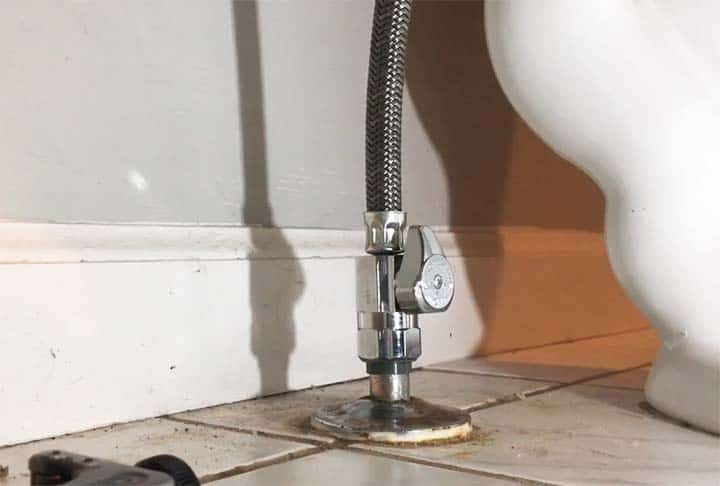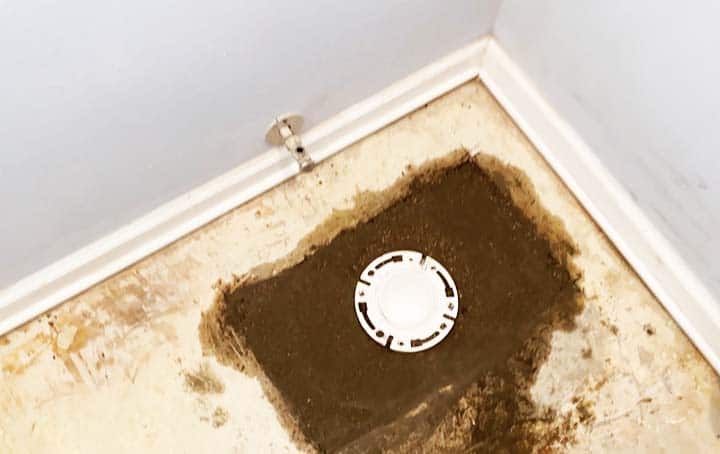A toilet flapper covers the siphon tube of your toilet tank and is used to control the water flow through the siphon tube to flush water. It prevents water from dripping through the siphon tube until you press the flush button. The toilet flapper usually lasts for several years without any maintenance.
Nonetheless, the toilet flapper won’t close at times due to recent re-chaining of the flapper connector, damaged flapper hinge, etc. At this time, water will continuously drip into the toilet bowl and increase your water bill considerably.
Thus, you might want to call a plumber and fix it, which is again a costly investment. Thus, we have sorted the problem of toilet flapper not closing in this guideline. With these easy-to-follow suggestions, you can fix the problem and seal the flapper within minutes.
Toilet Flapper Won’t Close: Reasons and Solutions
The flapper is an inexpensive yet crucial part of your toilet flush mechanism. In fact, you even won’t notice it until it stops working. Mostly, the seal won’t close and remain open, helping water pour in the toilet bowl and resulting in water wastage.
Grime around the toilet flapper:
When the toilet flapper remains untreated for a long period, mineral deposits and residue will cover it gradually—Also, hard water residue at times build-up on it. The gunk builds along with the seal and stops the flapper from closing properly.
Solution:
Thus, check for any gunk in it. If you find any gunky build-ups, wipe them with a clean piece of cloth. Ensure that you have wiped around the flapper, sealing accurately as well. You can also use a sponge to remove the gunk from the sealing. Although you can perform the task with water in the tank, we recommend you empty it to avoid mishaps.
Issues with the hinge:
The flapper has a hinge that moves backwards and forward and controls the flapper opening. Hence, the hinge works as a sealing to control the water flow. The hinge, too, may see a build-up of residue from hard water and elements on it. Plus, it may get loose at times. Finally, even the tank may develop residues that could stop the watertight lid or the hinge from closing accurately.
It happens when you have used the toilet flapper for several years and haven’t gone through any maintenance in recent times.
Solution:
If cleaning the grime from the flapper doesn’t work, you should check the hinge closely for any residual build-ups. Use a clean sponge to remove the flapper hinge residues gently, and it should work fine. Also, please clean up the tank interior and its opening to the flapper to help the flapper closely and prevent water wastage.
Problems with the chain:
At times, the flapper’s chain could itself be the problem for the flapper not closing. It might rest on an inappropriate hole or get kinks around it. Plus, it may get tangled within it and hold the toilet flapper wide open.
When the chain gets kinked or tangled, its length will reduce. Thus, you will find that the chain cannot close in and seal the flapper. Thus, the flapper remains open and resulting in water pouring in the toilet bowl from the tank.
Usually, it is the most common cause of the toilet flapper continuing to run even after flushes. Hence, if you find water dripping continuously from the tank, you must always check the chain to see if it has kinked or not. It will make your toilet flapper fixing a lot easier.
Solution:
Carefully inspect the chain to find the tangled area. Squeeze the chain with mild pressure to get rid of the tangled part and resume its original length. Now, flush the toilet and see if it works. In most cases, it will work magically.
A damaged flapper:
When all three methods fail, you should check the flapper since it is most likely damaged and needs replacement. Due to years of use, the flapper may get rust and corrosion. Thus, it might catch rust and start corroding. Also, the flapper will get damaged sooner than its actual lifespan due to hard water residues.
Solution:
When the flapper is broken, you need to replace it. Luckily, the toilet flapper is an inexpensive part, so you can quickly replace it. You can find it in almost every hardware, home improvement, or plumbing store.
When you replace the toilet flapper, you must empty the tank and shut off the water source valve. It will prevent any water spillage and allow you to work conveniently. You can then pull off the damaged flapper with your hands. Then, you should check the ring on the flapper and the flapper. If you find the sealing not working, you must use a flush assembly kit to assemble the mechanism properly. It will allow you to fix all the toilet flapper problems not working.
Frequently Asked Questions (FAQs)
- Who do toilet flappers stay open?
If the flapper’s chain gets tangled, it loses its actual length, so the flapper stays open. Also, the sealing might not close, which further keeps the flapper open even after you flush the toilet.
- How do you weigh down a toilet flapper?
You can add a washer right along the toilet flapper chain to weigh down the flapper if it doesn’t close properly. The washer weight will help close down the flapper faster and better.
Final Words
When the toilet flapper won’t close, you can fix it quickly. It won’t need any plumbing skills at all. You need to check the chain tangling, sealing, and residual build-up closely. Also, the toilet flapper is relatively inexpensive, and you can replace it if need be. Hence, you don’t need to panic if the flapper is not working and water is pouring into the toilet tank. It will need only a few minutes to fix the problem.
I am James Martin, An professional plumber with more than 16 years of experience. The main purpose of my writing is to share my experiences of helping others. Be with me and explore bathroom plumbing, installation, cleanness ideas, and many more.




